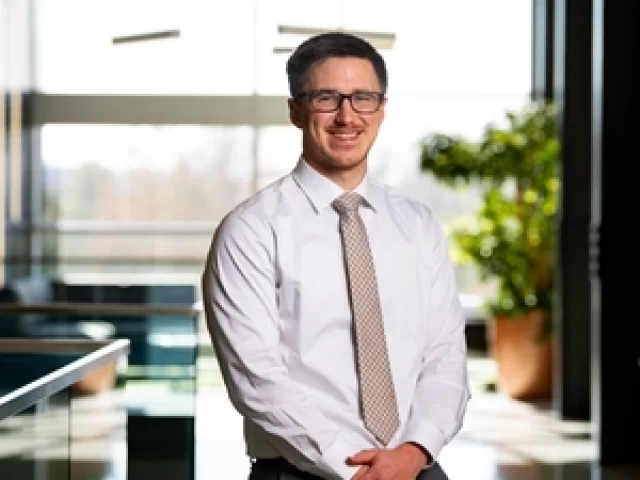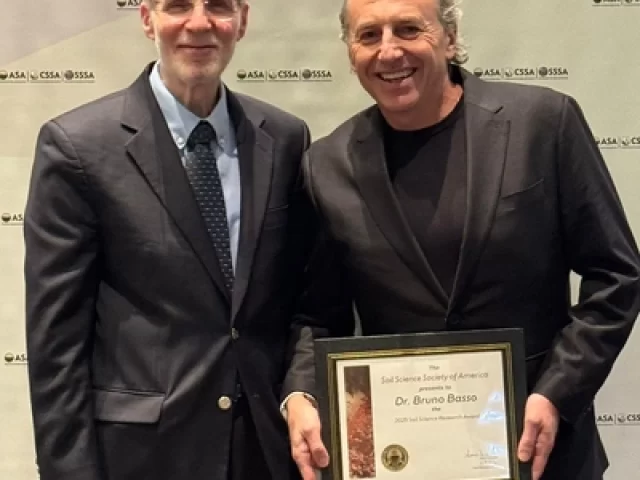Groundbreaking technique unlocks secrets of bacterial shape-shifting
Scientists have long known that bacteria come in many shapes and sizes, but understanding what those differences mean has remained a major challenge, especially for species that can’t be grown in the lab. Now, a new study led by Nina Wale, an assistant professor in MSU’s Departments of Microbiology, Genetics, and Immunology and Integrative Biology introduces …










